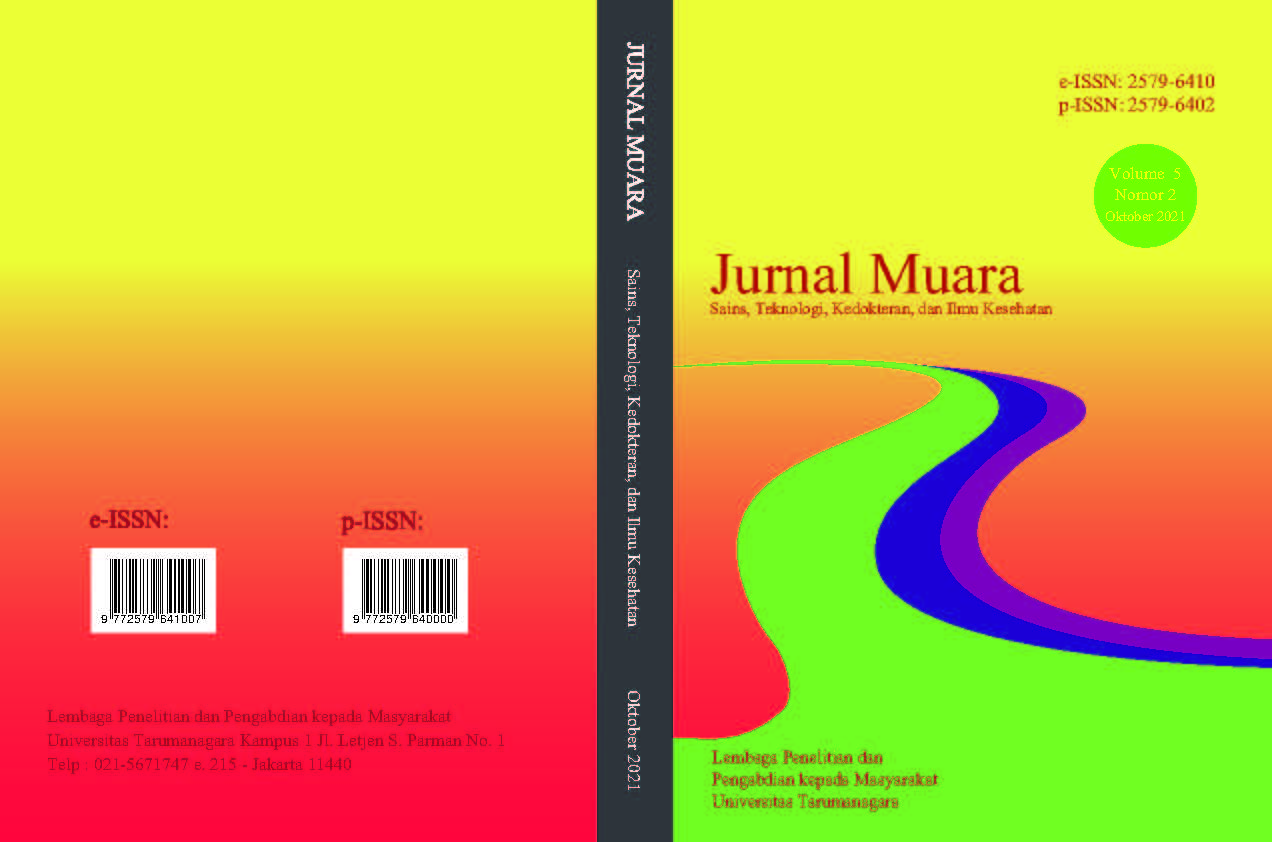MENG-EMPU-KAN PEREMPUAN: DESAIN RUANG PUBLIK YANG AMAN DAN NYAMAN BAGI PEKERJA PEREMPUAN DI SCBD - JAKARTA
Main Article Content
Abstract
The SCBD area is a high class complex of office spaces and other uses, who has female workers with several levels and categories. The proportion of female to male workers in SCBD is reltively equal, around 47% and 53%. In supporting activities in the area, there has sharing public facilities and infrastructure. The facilities and infrastructure include pedestrians, public toilets, public open area, bus stop, zebra cross, and guardhouse. Women in general and female workers in particular have unique characteristics which made them feelings, they will be sensitive to certain things that can disturb their feelings of security and comfort. Those characteristics also make them vurnerable to crime, including sexual harassment. This especially true for female workers who come home late at night. Security systems, including the lighting system of the area, are among the most important conditions for female workers. Therefore, in the design of public space at SCBD the need for secure and comfortable spaces for all categories and levels of female workers was also considered. The purpose of this study is to review the appropriate security system in the area, opinion of female workers toward the system, and to formulate future improvement directions.This research is a qualitative research with case study method. Due to the COVID-19 pandemic, part of the data collection process was conducted online. Finding of the study reveal that there are several things that are not fulfilled by the SCBD management with respect to the needs for secure and comfortable public spaces for female workers. In the future, it is expected that SCBD management will be more sensitive to the specific collective needs and aspiration of female.
Keywords: Public Spaces, Gender, SCBD Jakarta, Women Workers
Abstrak
Kawasan SCBD merupakan kawasan perkantoran kelas atas dan mixed-use di Jakarta. Di dalamnya juga bekerja kaum perempuan dengan berbagai kategori dan tingkatan. Proporsi pekerja perempuan terhadap pekerja laki-laki di kawasan SCBD relatif sama, yakni 47% berbanding 53%. Dalam menunjang kegiatan di dalam kawasan, terdapat sarana dan prasarana publik yang digunakan bersama. Sarana dan prasarana tersebut berupa pedestrian, toilet umum, ruang terbuka publik, halte transportasi publik, zebra cross, dan pos jaga. Perempuan secara umum, dan pekerja perempuan khusus, memiliki karakteristik khas, yang menjadikan mereka peka terhadap hal-hal tertentu yang dapat mengganggu rasa aman dan nyaman mereka. Sementara, karena karakteristiknya tersebut, mereka juga rentan menjadi korban tindak kejahatan dan pelecehan seksual. Para pekerja perempuan yang karena tuntutan pekerjaannya mengharuskan mereka pulang larut malam paling rentan terhadap tindakan kejahatan tersebut. Sistem keamanan, termasuk pencahayaan kawasan yang memadai, penting untuk menjaga para pekerja perempuan. Karena itu, desain ruang publik di kawasan SCBD juga memperhatikan kebutuhan akan keamanan dan kenyamanan bagi berbagai tingkatan pekerja perempuan tersebut. Tujuan penelitian ini adalah untuk me-review sistem keamanan yang berjalan saat ini di kawasan SCBD, pandangan pekerja perempuan terhadap sistem keamanan tersebut, dan merumuskan arah perbaikan ke depan. Penelitian ini adalah penelitian kualitatif dengan metode studi kasus. Karena penelitian dikerjakan pada masa pandemi COVID-19, sebagian proses pengumpulan data dilakukan secara online. Hasil penelitian menemukan bahwa masih ada beberapa hal yang belum dipenuhi pihak pengelola SCBD berkatian dengan kebutuhan rasa aman dan nyaman pada ruang publik. Ke depan, pengelola kawasan SCBD diharapkan dapat lebih peka terhadap kebutuhan khas dan aspirasi para pekerja perempuan secara kolektif.
Article Details
This work is licensed under a Jurnal Muara Sains, Teknologi, Kedokteran dan Ilmu Kesehatan Creative Commons Attribution-ShareAlike 4.0 International License.
Authors transfer copyright or assign exclusive rights to the publisher (including commercial rights)
References
Badan Pusat Statistik Jakarta. (2019). Statistik Pekerja DKI Jakarta tahun 2019. Jakarta: Badan Pusat Statistik.
Elmas, G. (2004). “Women, Urbanization and Regional Development in Southeast Anatolia: a Case for Turkey”.
https://doi.org/10.1080/1468384042000270308.
Iswinarno, C. (2019). “Komnas Perempuan: Kekerasan Seksual di Jakarta Nomor Dua Se-Indonesia”. Dalam https://www.suara.com/news/2019/03/12/195925/komnas-perempuan-kekerasan-seksual-di-jakarta-nomor-dua-se-indonesia. (23 Maret 2021).
Jacobs, J. (1961). The Death and Life of Great American Cities. Vintage, New York.
Kusuma, N. R, dan Enira, A . (2019). Rasa Takut Akan Tindak Kejahatan Pada Ruang Publik Transit Bawah Tanah Stasiun Manggarai. Program Studi Arsitektur Interior. Universitas Indonesia, Jakarta. 18.
Lichtman, M. (2013). Qualitative Research in Education : A User’s Guide. (Third Edition). Los Angeles : Sage Publications, Inc.
Mahadevi,D; Lathia,S. (2019). “Women’s Safety and Public Spaces: Lessons From the Sabarmati Riverfront, India”. Urban Planning, 4 (2), 155,166
Phadke, S. (2007). “Dangerous liaisons—Women and Men: Risk and Reputation in Mumbai”. Economic and Political Weekly, April, 1510–1518.
Puspita, A. A. (2020). “Eksistensi Perempuan Bekerja (Studi tentang Makna Bekerja bai Perempuan Profesional Di Kota Surabaya”. Skripsi (tidak dipublikasikan). Surabaya : Universitas Airlangga.
Rashid,S,A; Wahab,M,H;dkk. (2017). “Safety of Street: The Role of Street Design”. AIP Conference Proceedings, 1-5.
SCBD. (2017). “Peraturan Kawasan SCBD Umum”. Dalam www.scbd.com
Soraganvi,Ar.S. (2017). “Safe Public Places: Rethinking Design for Women Safety”. International Journal on Emerging Technologies 8 (1), 304-308.
Tandogan,O; Ilhan,B,S. (2016). “Fear of Crime in Public Spaces: From the View of Women Living in Cities”. Procedia Engineering 161, 1-6
Winayanti, L. (2020). “The Right to the City Inclusive City Child-Friendly City”. Bahan Kuliah. Jakarta: Magister Teknik Perencanaan Wilayah dan Kota Universitas Tarumanagara



